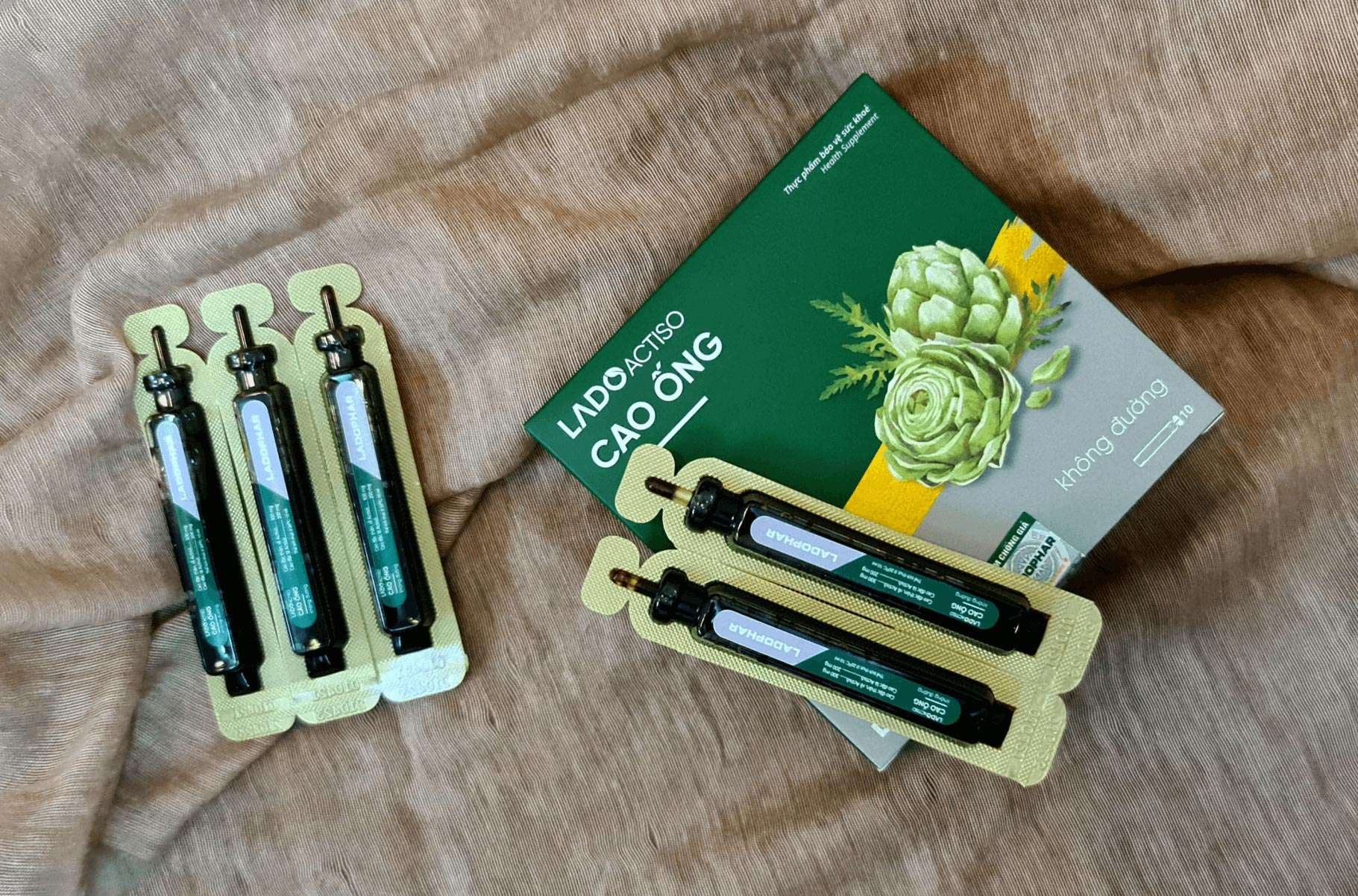Anthocyanins
Anthocyanins
Anthocyanins present in edible fruits, vegetables and flowers have protective effects against diseases, especially cardiovascular disease, certain types of cancer, and against several chronic diseases, such as hyperglycemia. Anthocyanins also improve vision. Because of their benefits, anthocyanins are becoming increasingly commercializedand used in foods.
Anthocyanins are plant-specific, water-soluble phenylpropanoid pigments with diverse functions. Anthocyanins give red, purple, and blue pigments in natural plants mainly in flowers and fruits, which are visual cues for pollinators and seed distribution.
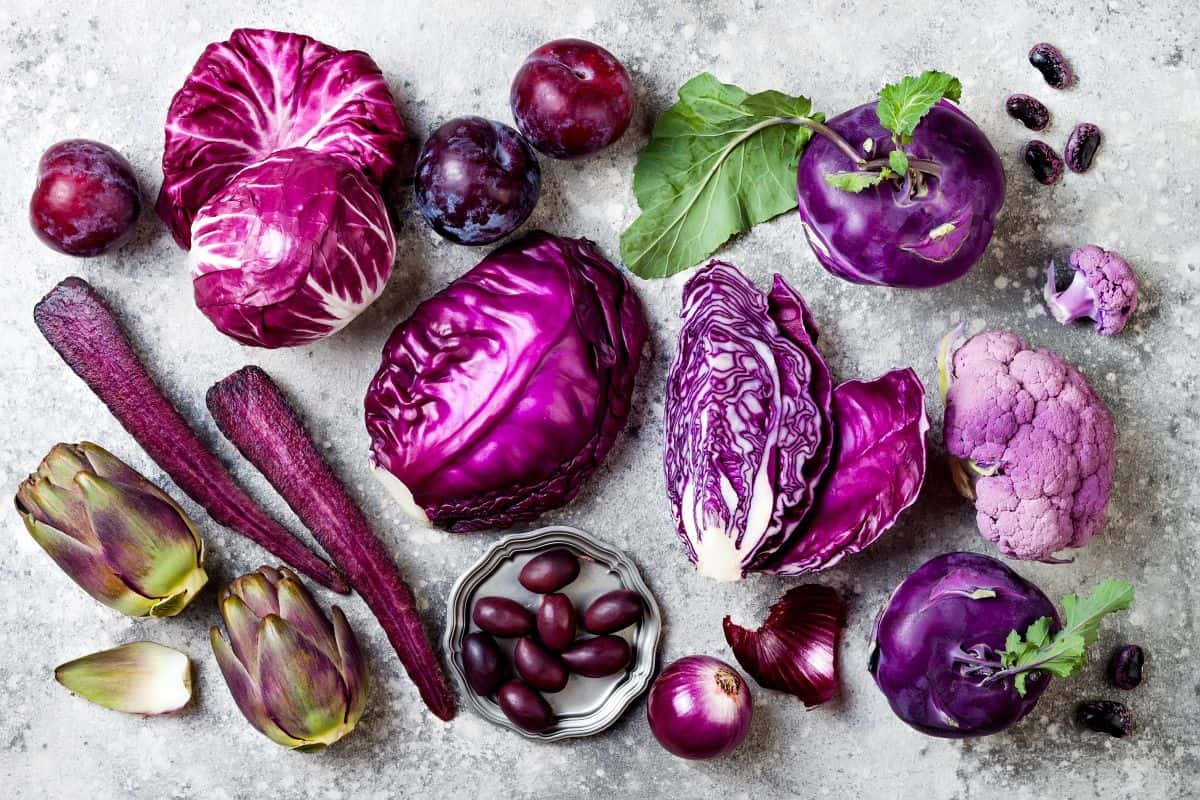
Anthocyanins are found in the flowers and fruits of many plants. Most red, purple, and blue flowers contain anthocyanins. Red flowers are red artichokes, red hibiscus flowers, red roses, red clover... ; Blue flowers such as butterfly pea, cornflower, green chicory and green rosemary...; Purple flowers such as purple mint, purple passion fruit, lavender... are popular edible flowers. Some of these flowers have traditionally been used as folk medicine, colorants and food. In addition to traditional usage, red, purple and green colored fruits are commonly consumed for their beneficial effects. Anthocyanin color pigments from berries, black currants, and red, purple, and green fruits are powerful antioxidants. Furthermore, black carrots, purple cabbage and purple potatoes rich in anthocyanins are potential functional foods used for disease prevention.
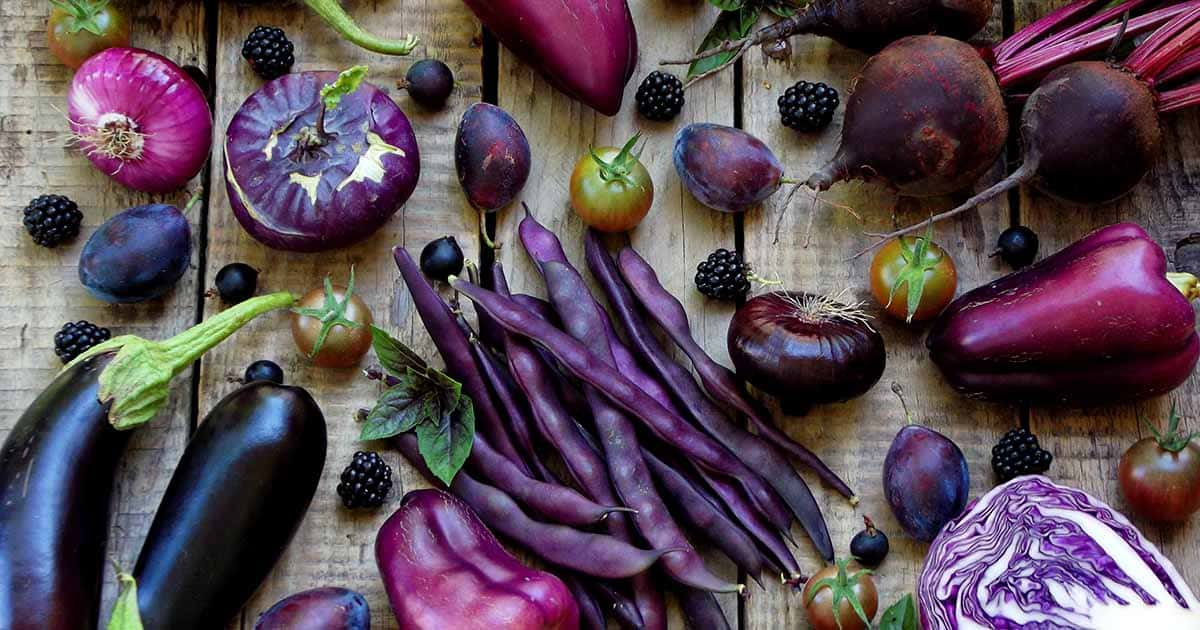
In the aquatic environment, anthocyanins exist in many different forms depending on the pH balance, light and temperature. For example, in highly acidic media, red flavylium cations predominate; In a low acidic medium, blue quinoid bases are formed. You can do your own experiment at home to demonstrate this pigment change. For example, you can put some butterfly pea flowers in a cup of natural filtered water, the flowers will give a very characteristic blue color. When you add a few drops of lemon juice to this glass of water, you will see that characteristic blue color turn purple. Purple is a mixture of blue and red pigments.


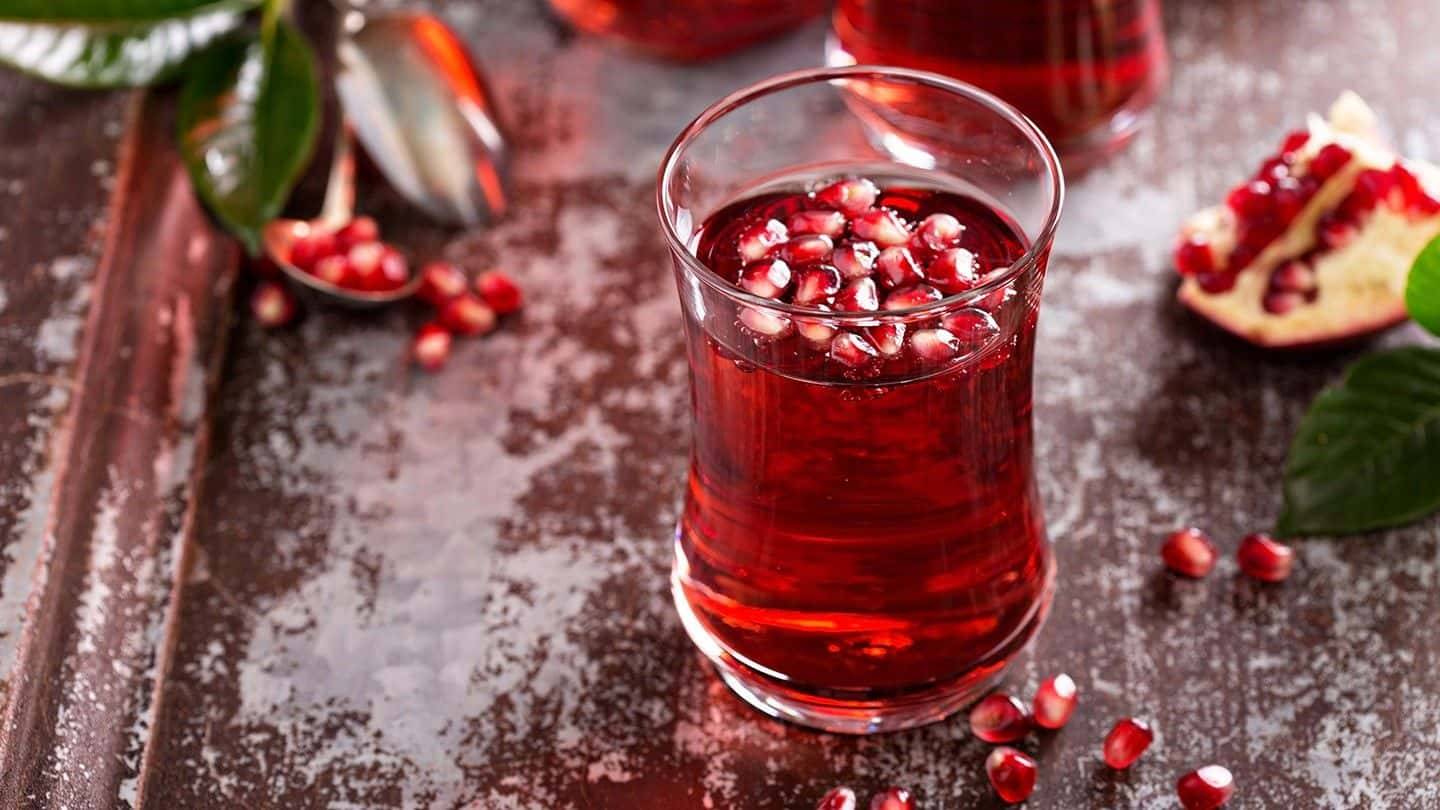
In scientific studies, such as cell culture studies, animal models, and human clinical trials, it has been shown that anthocyanidins and anthocyanins have antioxidant and antimicrobial activities, improving market health. sensory and neurological, and protects against various non-communicable diseases. These studies suggest the health effects of anthocyanidins and anthocyanins, due to their potent antioxidant properties. Various mechanisms and pathways are involved in the protective effects, including the free radical scavenging pathway, the cyclooxygenase pathway, the mitogen-activated protein kinase pathway, and inflammatory cytokine signaling. Therefore, this review focuses on the role of anthocyanidins and anthocyanins as natural food colorants and their nutritional properties in human health.
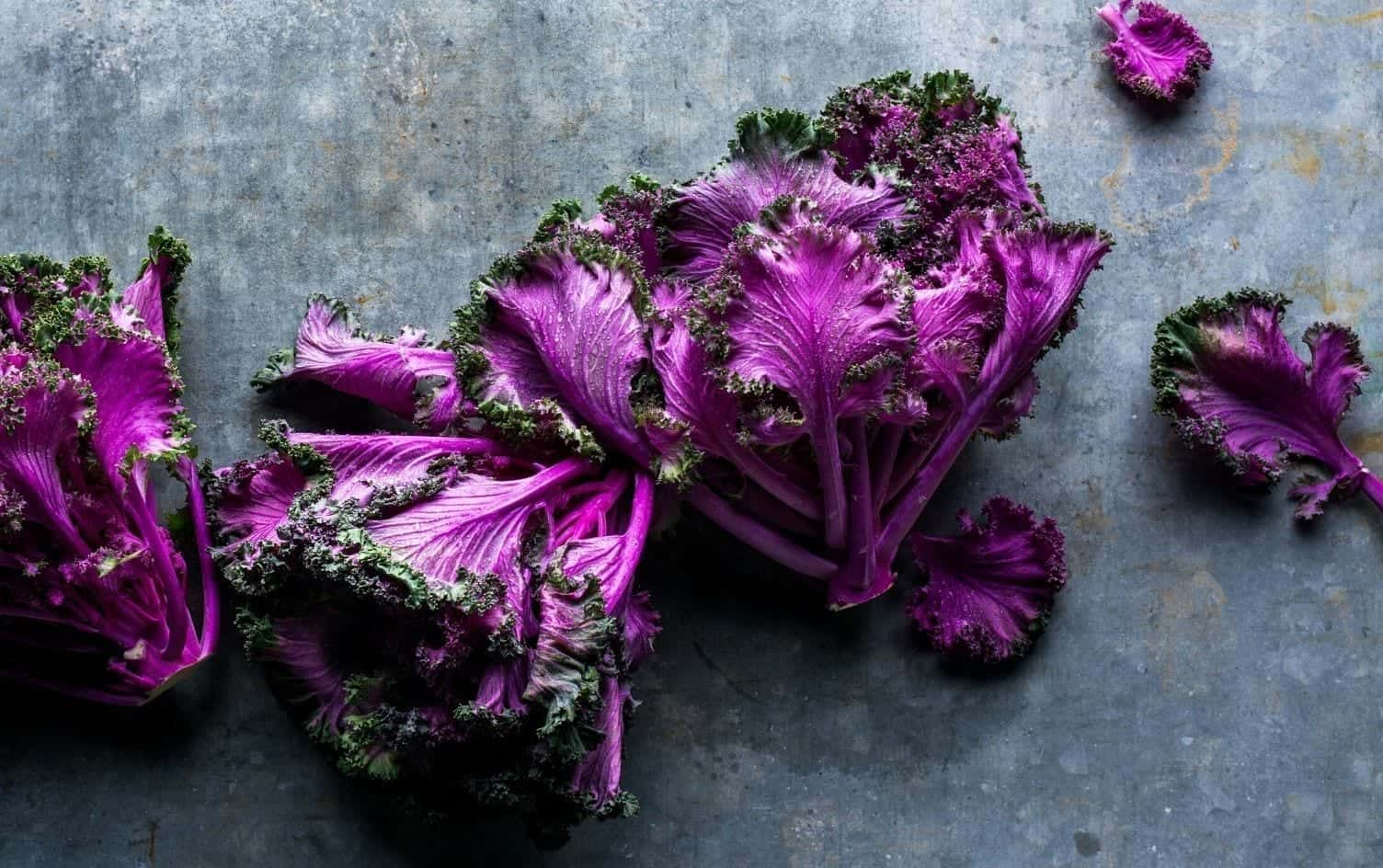
The number of scientific publications on anthocyanins has increased dramatically over the past 20 years, and it can be predicted that they will be the focus of research for at least the next decade. With recent discoveries of health benefits to humans from Anthocyanins proving more and more evident, this research focuses on the role of anthocyanidins and anthocyanins as natural food coloring agents and properties. their nutrition for health. Anthocyanins have anti-diabetic, anti-cancer, anti-inflammatory, antibacterial and anti-obesity effects, as well as preventing cardiovascular diseases. Therefore, anthocyanins extracted from edible plants are potential pharmaceutical ingredients.
In Traditional Chinese Medicine (TCM), dark-colored plant foods that are blue or purple are said to help “break through patterns of stagnation.” In TCM a food’s color tells a lot about its health effects. Black foods are said to be warming and best for winter, while red foods are cooling and best for summer. Dark-colored foods also correspond with the element water and are linked to coolness and saltiness. They are said to support organs including the stomach, spleen and kidneys by improving the ability to store energy, balancing fluid metabolism and dispelling toxins. Red foods, on the other hand, are associated with warmth, fire, summer, happiness and bitterness in TCM. Red foods are believed to support organs including the heart and small intestine. They help nourish blood, improve circulation, and reduce symptoms in people with anemia, palpitations, cold limbs, pale face and lack of strength or energy.
In Ayurvedic medicine, red, purple and blue foods can be viewed as either warming or cooling. Grapes, cherries and oranges build heat, while berries, pomegranate, cabbage and eggplant reduce warmth. All types of berries are especially valued in Ayurveda, since they are viewed as being capable of reducing internal heat, soothing swelling, treating inflamed tissues and helping cool the blood. In Ayurveda, foods also correspond with certain emotions. Red foods lift energy and fight lethargy and fatigue, while blue and black foods are calming and fight anxiety.
Compiled and penned by Crocus Media
